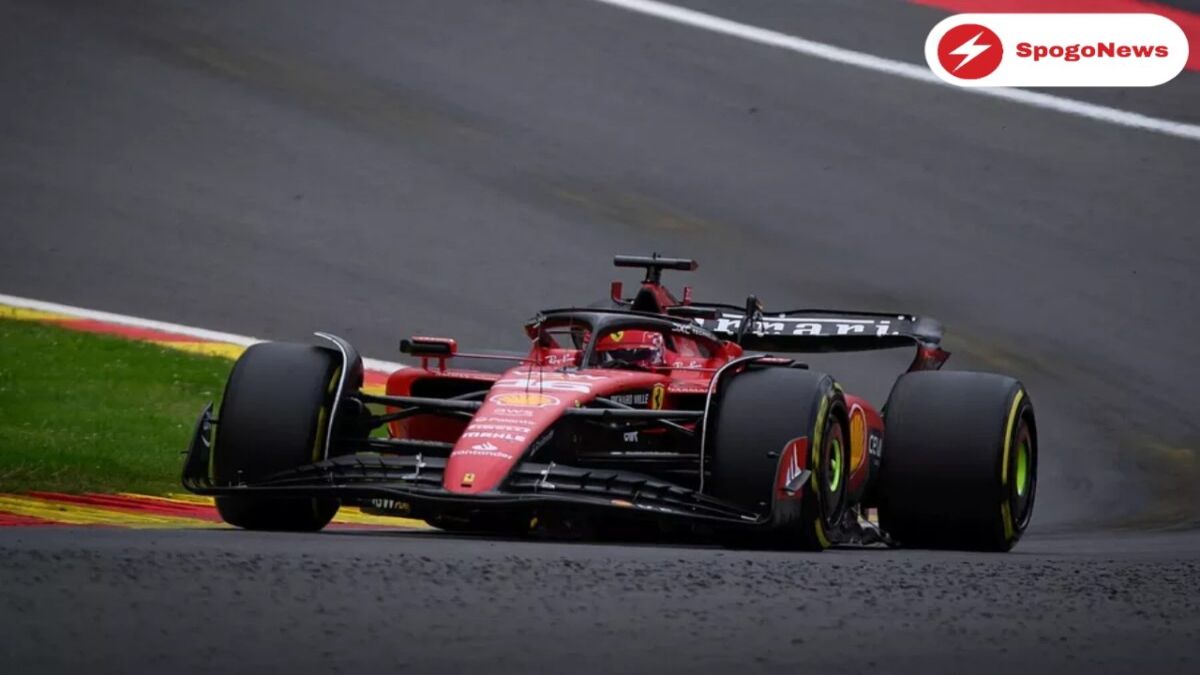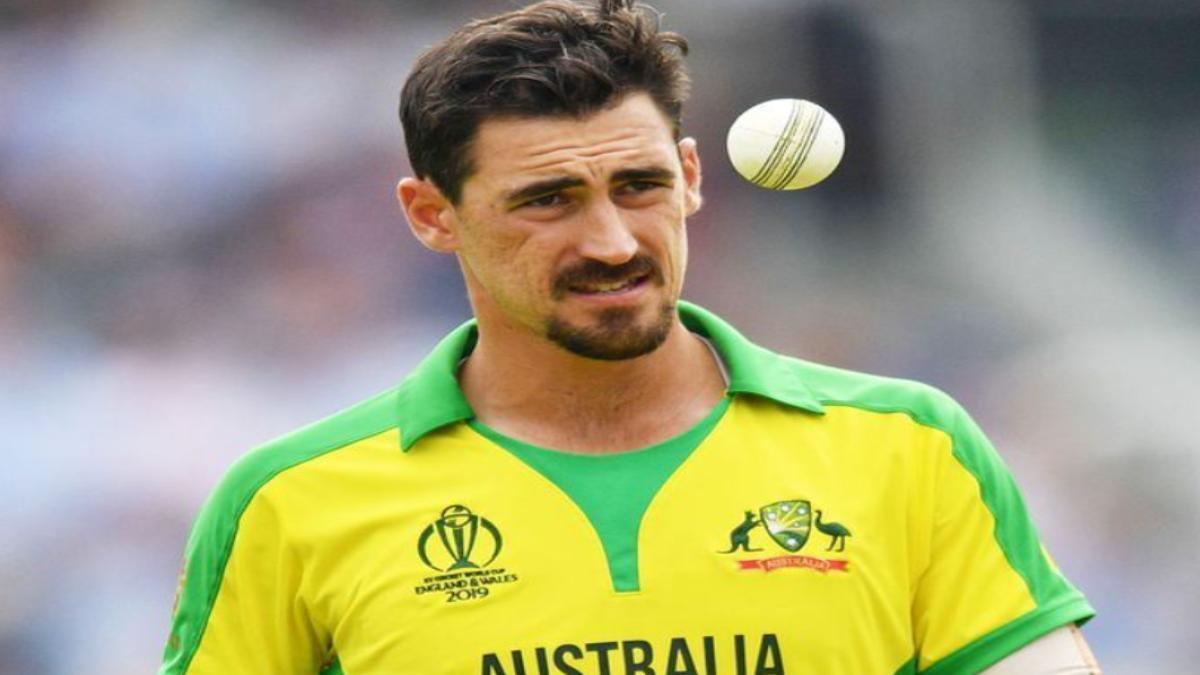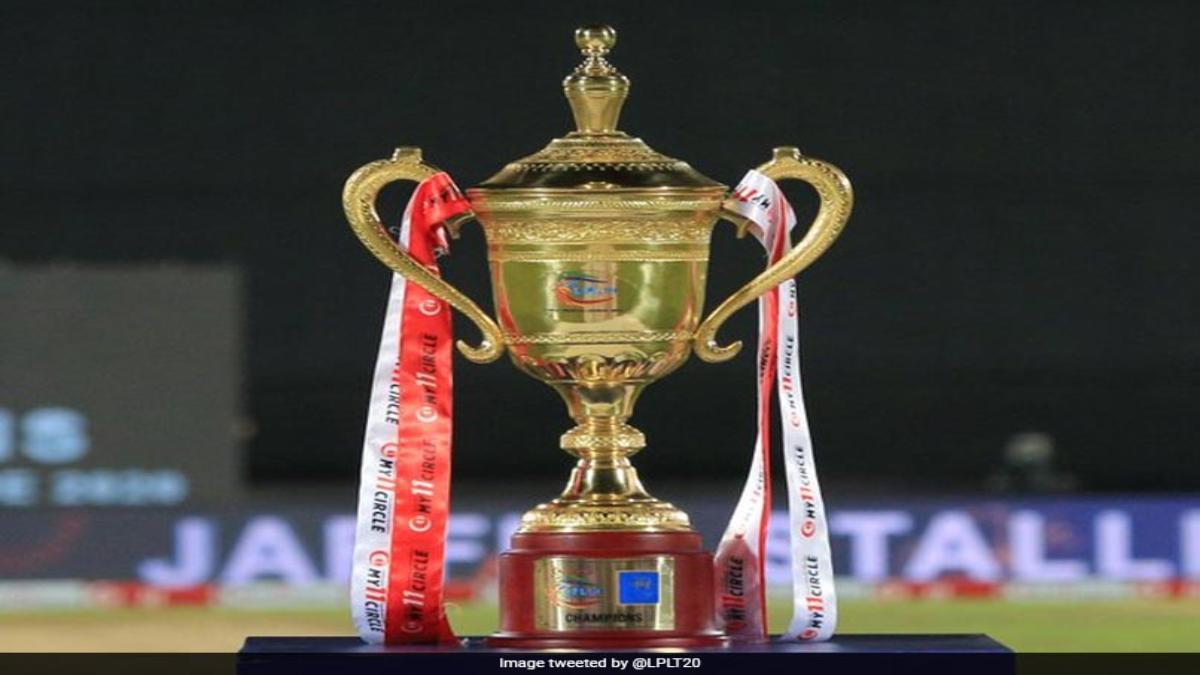(Motorsports news) Leclerc of Ferrari has joined his contemporaries in wishing that car weight can be reduced, but he also believes that the “very impressive” downforce levels of the 2023 era can be maintained. Leclerc admitted that “the cars were already quite heavy” when he joined in 2018. “In Abu Dhabi, I used a 2003 automobile that held 50 kilos of fuel, but you can tell the difference in today’s vehicle.
With this year’s minimum weight of 798kg being substantially heavier than cars from 15 years ago, the soaring weight of modern F1 cars has grown increasingly unpopular with drivers and teams. In spite of the fact that most teams believe F1 would be better off keeping car weight at a similar level in light of the proposed 50/50 split between electric power and power from the V6 engines, which will necessitate heavier batteries, it is one of the key issues FIA president Mohammed Ben Sulayem wants to address for the upcoming 2026 regulations cycle.
“I dislike large cars. I believe that the car’s agility as well as the low-speed turns are both affected by the weight currently. But I must add that compared to 12 or 13 years ago, what we are experiencing at medium to high speed with the downforce we have now is fantastic, and this is extremely impressive.
“So, I believe there is a balance. I definitely wouldn’t want to go heavier than the current weight. However, because the car is so large and produces so much more aero than it did 12 years ago, being very light also affects the aero that we have, Leclerc added.
Leclerc felt that the current ground-effect F1 cars were “more unpredictable” to drive, but he believes that teams will continue to find ways to improve as the regulations advance. Leclerc explained that they are run significantly differently than they were in the previous era. “The automobiles were essentially operated in the same manner for the past 10 to 15 years. A radically different philosophy is now in place, Leclerc concluded.
Since it has just been a year and a half, it is still a fairly new mentality for all of the teams, thus there is still much room for improvement. “And modern automobiles are also far more sensitive to all the modifications you make; with just a tiny adjustment, you can go from very good to extremely awful. Consequently, this increases the level of uncertainty.
The demand for lighter cars is shared by the FIA and F1, according to FIA president Ben Sulayem.”We are considering that. It is feasible and would benefit everyone,” he declared. This brings us to the fundamental reason we are taking these actions, which is to ensure that we fulfill our goal to reduce emissions by 80%.
“Maybe we are a bit over-optimistic. We say our target is an 80 percent improvement, which comes from a lighter car, from the ICE, from the battery, from aerodynamics, and from less fuel. “All of that combined makes a difference. If you take one out of the equation, we will not reach our goal.”
Aslo read: Williams says its 2023 car won’t jeopardize its F1 future for “a millisecond more”https://spogonews.com/williams-says-2023-car-wont-jeopardize-its-f1-future/












